Drum Heads: The dholak features two drum heads made from natural animal hide, usually goat skin. The smaller head (treble side) is made of thinner skin for sharp, high-pitched sounds, while the larger head (bass side) uses thicker skin for producing deep, resonant tones.
Design and Finish
- Wood Finish: The wooden body may have a natural finish, stained, or polished in various shades like brown, red, or black, depending on the aesthetic preferences. Some models may include decorative carvings or inlays.
- Rims and Tuning System: The drumheads are secured with metal or thick rope rims. The tuning system can be traditional (rope-based) or modern (bolt-based).
- Rope Tuning: In traditional models, rope tension is adjusted using wooden or metal pegs.
- Bolt Tuning: In more modern designs, metal tuning bolts and keys are used for precise tuning.
- Decorative Elements: Higher-end dholaks may feature decorative patterns, intricate designs, or painted motifs.
Dimensions
- Length: Typically between 16 to 20 inches, depending on the type and use of the dholak.
- Diameter:
- Treble Head (Small side): Around 5 to 7 inches in diameter.
- Bass Head (Large side): Around 8 to 10 inches in diameter.
Sound Quality
- Treble Side: Produces sharp, crisp, and high-pitched sounds. It is ideal for fast rhythmic patterns and intricate beats.
- Bass Side: The larger drumhead creates deep, resonant bass tones. This combination of treble and bass sounds makes the dholak a versatile instrument for various types of music.
- The distinct tonal quality of the dholak makes it suitable for classical, folk, and fusion music.
Accessories
- Straps: Some dholaks come with straps for easier transport or playing while standing.
- Tuning Hammer or Key: A tuning tool (key or hammer) may be included for bolt-tuned dholaks.
- Protective Cover: A cloth or padded cover is often provided to protect the dholak from dust or damage when not in use.
Usage
- Folk Music: The dholak is a staple in Indian folk music, especially in genres like bhajans, qawwali, lavani, and Bhangra.
- Classical and Devotional Music: It is commonly used in classical Indian music and devotional songs like bhajans and kirtans.
- Cultural Events: The dholak is popular at weddings, festivals, and other celebrations for its lively and rhythmic beats.
- Accompaniment: Often played alongside other instruments like the harmonium, tabla, or sarangi.
A Dholak is a versatile percussion instrument, prized for its rich tonal range and ease of play. It is an integral part of Indian music and is valued for its ability to blend deep bass sounds with crisp, high-pitched beats, making it suitable for various musical styles and occasions.


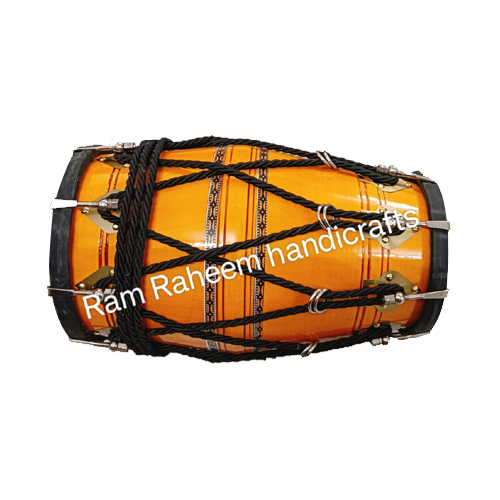
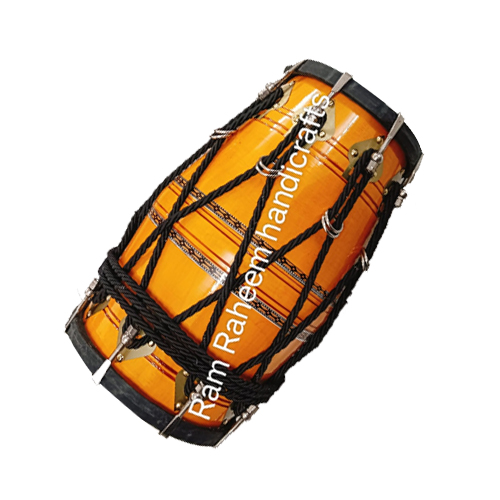
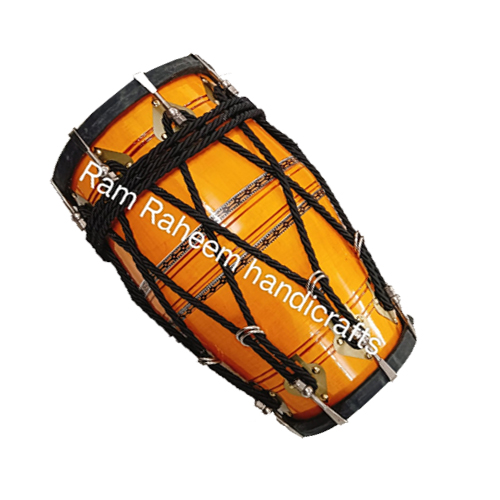

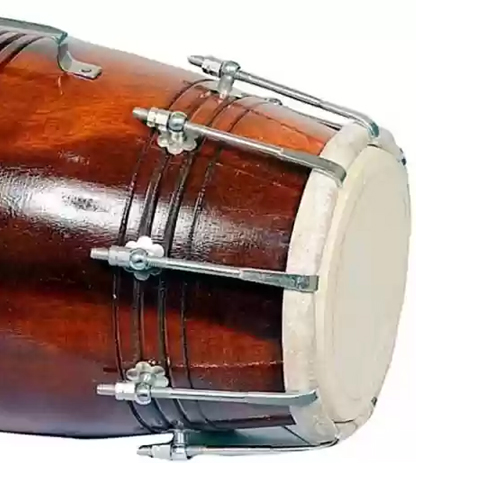

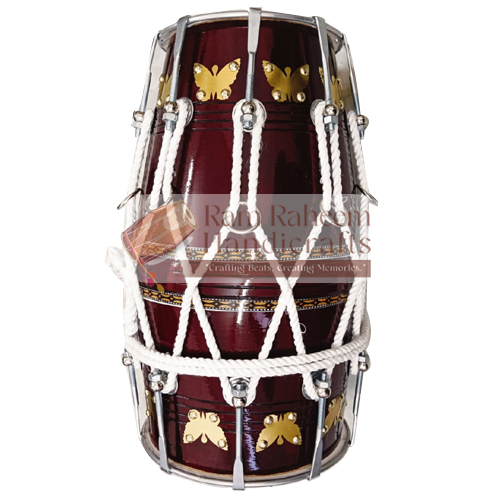

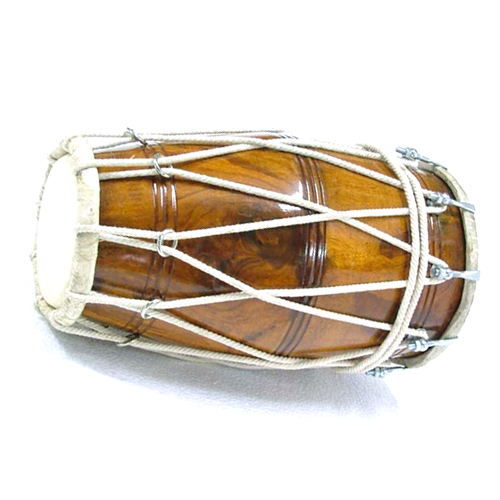
Reviews
There are no reviews yet.